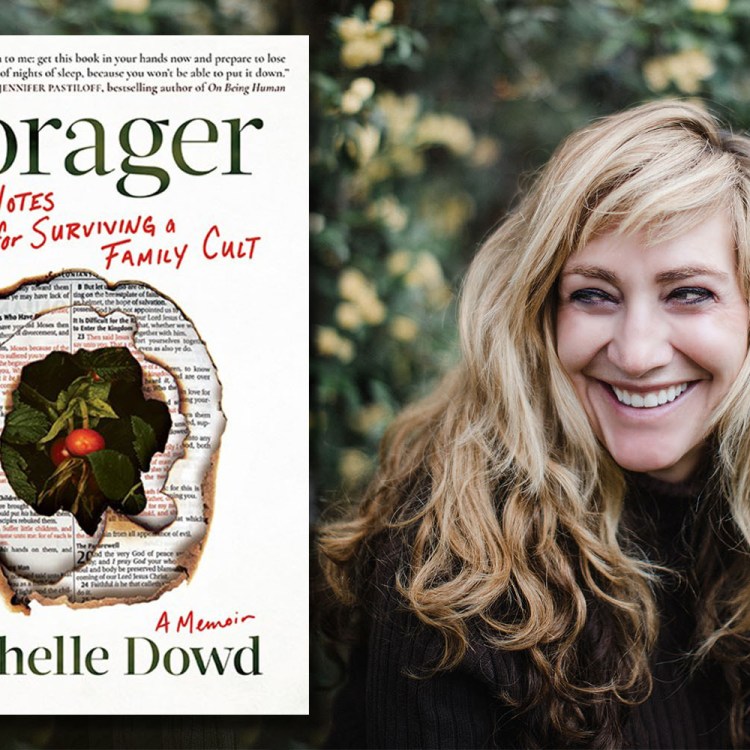Back in 2010, Finbarr O’Reilly woke up in the cot next to Sergeant Brennan’s cot, in the tiny combat outpost deep inside Taliban territory in south Afghanistan’s Helmand Province. O’Reilly, a photojournalist, was embedded there and slowly had earned Sgt. Brennan’s trust, through his daily patrol, and a shared stash of Marlboros.
O’Reilly writes that on November 1, 2010, a rocket-propelled grenade exploded, knocking Sgt. Brennan unconscious. O’Reilly photographed him staggering back towards the camp and eventually collapsing under the safety of the compound.
A profile written by O’Reilly in the New York Times looks at the friendship between these two men, forged by the war. Their book, Shooting Ghosts: A U.S. Marine, a Combat Photographer and Their Journey Back From War, is now available.
The photograph of the wounded sergeant, who was 25 at the time, was featured on the Lens Blog’s Pictures of the Day, and a different photograph, of the young man smoking a cigeratte in his sleeping bag, surrounded by pictures of his wife and daughter, was also published on the site.

O’Reilly left Afghanistan shortly after the explosion, expecting that to be the end of the story. He returned to spend another few weeks with Sgt. Brennan’s squad in early 2011, and the two kept in touch when the sergeant returned home to North Carolina.
The two were both asked to write about their experiences photographing, and being photographed. O’Reilly wrote a piece titled Bonding With Subjects in Harm’s Way and Sgt. Brennan wrote a piece titled From a Marine’s Side of the Camera.

Sgt. Brennan suffered from a mild traumatic brain injury from the grenade explosion and from the symptoms of post-traumatic stress disorder. In return he “exchanged his gun for a keyboard” and O’Reilly began mentoring him remotely. Writing gave Sgt. Brennan “a renewed sense of purpose” and helped him process his war experiences. He landed a job as a military affairs reporter for a local newspaper, all while completing an online undergraduate degree in journalism.
O’Reilly writes that helping the sergeant also restored something in him. He had been covering conflict for a decade, and had many friends and colleagues killed, which was beginning to take an emotional toll. War correspondents experience similar rates of PTSD as combat veterans (about one in four, according to experts, O’Reilly writes). Both O’Reilly and Sgt. Brennan saw things they can never unsee. Sgt. Brennan did things that will haunt him forever. O’Reilly is nagged by the fact that he was paid to photograph “people at their most vulnerable while being able to do little to help.”
Their alliance allowed them both “a shot at redemption.”
Check out some of O’Reilly’s photographs below.







This article was featured in the InsideHook newsletter. Sign up now.

























